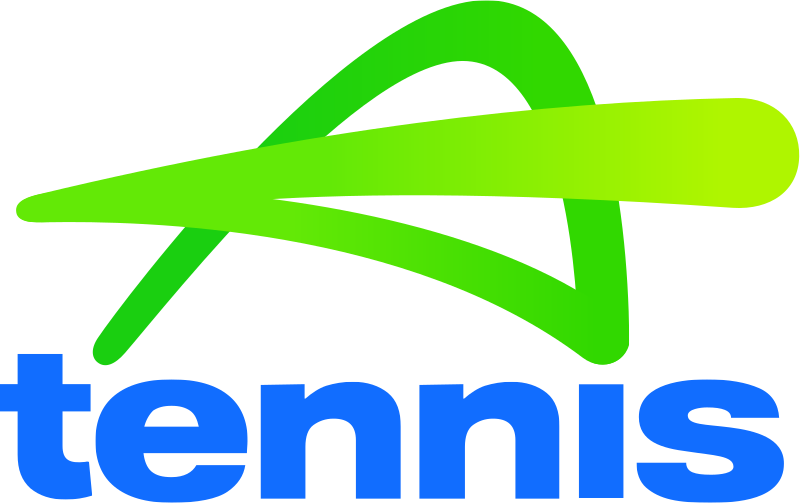This case study was adapted from the 2025 Sydney Elevate session, “From Vision to Victory: How Tennis Australia Delivers the Open with monday.com,” presented by Emma Hopkins, Director of Precinct Operations & Logistics at Tennis Australia.
Meet Tennis Australia
Tennis Australia is the national governing body for tennis — responsible for growing the game at every level, from grassroots programs to elite player development. It also leads the planning and delivery of the Australian Open (AO), a three-week global event that welcomes nearly a million fans and transforms Melbourne Park into a city-scale experience.
Delivering the AO is no small feat. It requires year-round coordination across more than 400 internal contributors and a vast network of agencies, vendors, and government bodies. From court-side logistics to fan experiences and sponsor activations, every detail is mapped, approved, and executed at scale.
It’s a year-long orchestration — culminating in three weeks of peak performance on and off the court.
The challenge
Delivering the Australian Open isn’t just an event — it’s a high-stakes operation with no margin for error. Every January, Melbourne Park becomes a world-class entertainment precinct, built and activated from the ground up. But the real work begins long before fans take their seats.
For years, Tennis Australia relied on static tools like spreadsheets, PowerPoint decks, and overflowing inboxes to manage the complexity. Teams planned in silos, external collaborators worked off outdated files, and visibility across departments was limited.
“We didn’t have a shared environment,” says Emma Hopkins, Director of Precinct Operations & Logistics at Tennis Australia. “Everything was done through email. Static documents went back and forth, and we were constantly losing time chasing updates, managing feedback, and realigning stakeholders.”
As the AO grew — with more partner activations, compliance demands, and fan experiences — the cracks became harder to ignore and the pressure only intensified.
The tipping point? A growing need for a shared system of record — one that could support hundreds of contributors, enable faster decision-making, and give every stakeholder, from internal teams to government bodies, access to the same real-time information.
In short, they needed a single source of truth.
The solution
Why monday.com?
With hundreds of moving parts and pressure building year-round, Tennis Australia needed more than a place to track tasks. They needed a flexible, intuitive platform to manage both the big-picture vision and the day-to-day — while keeping internal teams and external collaborators aligned in one space.
monday.com stood out immediately. It offered a shared environment where everyone could collaborate in real time — with no versioning issues, inbox overload, or guesswork.
“It didn’t take much convincing,” says Hopkins. “The need was evident and the benefits were clear right away — and everyone jumped on.”
What began as a simple shared calendar quickly scaled into the operational backbone of the Australian Open — with hundreds of boards powering every layer of delivery.
Project management at scale
Every initiative within the AO — from transport and security to entertainment and player services — is structured as its own project. Each has a dedicated monday board, complete with timelines, milestones, owners, and key deliverables.
“Every single one of those projects has a monday board,” says Hopkins. “And they all roll up into a central view with full event visibility.”
This setup gives teams autonomy while ensuring total alignment across the organization — with leadership always one click away from the latest updates.
Real-time orchestration through the daily run sheet
Once the tournament begins, a single monday board becomes the source of truth for every on-site activation — from early morning partner events to fan zone clinics and sponsor-led experiences.
“It fundamentally runs every day of the AO,” Hopkins explains. “Teams input their activities, we assess feasibility, and once approved, it becomes the plan the entire organization uses.”
The live setup allows seamless coordination across departments — ensuring cleaning, security, and crowd movement stay in sync with the day’s events.
Partner collaboration, built into the process
With over 100 brand partners, Tennis Australia also uses monday.com to manage creative submissions, feedback cycles, and on-site activations — all in one shared space.
For example, beverage partners building branded bars submit layouts via monday.com. Internal teams review crowd flow, queuing plans, and safety considerations — logging feedback directly in-line.
“It’s saved us hours of back-and-forth,” says Hopkins. “Everyone sees exactly what’s happening — and nothing slips through the cracks.”
Meeting standards without the scramble
Tennis Australia also uses monday.com to streamline compliance with the City of Melbourne. Each year, more than 450 temporary structures must be documented, approved, and inspected before gates open.
A dedicated board tracks each structure, attached documents, and inspection status. City officials and internal teams collaborate directly on the board — scheduling reviews, flagging issues, and logging approvals.
“We simply couldn’t manage compliance at this scale without it,” Hopkins says. “It removes the back-and-forth, the bottlenecks — and the last-minute surprises.”
The impact
The shift to monday.com has delivered measurable impact — from early planning through live execution.
Tennis Australia now saves an estimated 21,941 hours annually, thanks to less manual work and automations that eliminate repetitive tasks. In partner collaboration alone, they’ve seen an 80% reduction in partner-related emails — replaced by real-time updates and shared visibility. The result? Faster turnarounds, tighter coordination, and more time spent where it counts.
Altogether, this operational efficiency has driven a 4x return on investment — helping teams move faster, stay aligned, and focus on delivering an exceptional experience.
But the value goes beyond metrics. With monday.com, the AO team has gained something harder to quantify: confidence. Confidence that nothing’s slipping through the cracks. That partners, vendors, and agencies are in sync. That the right people have the right information — exactly when they need it.
“We simply couldn’t deliver an event of this scale without monday.com,” says Hopkins. “It’s not optional — it’s what allows us to work at this pace and scale.”

























